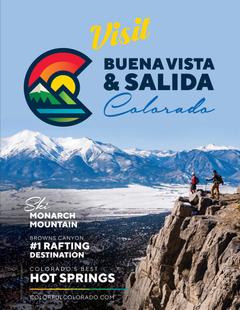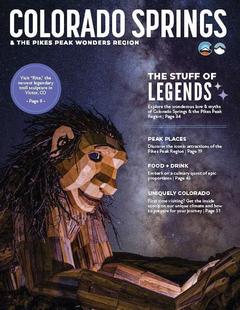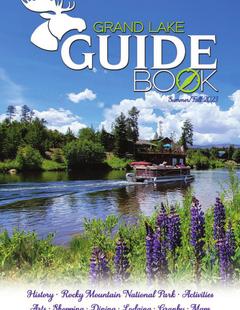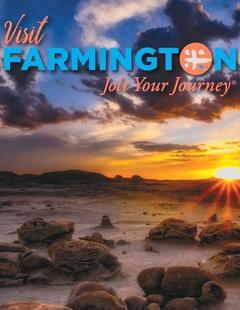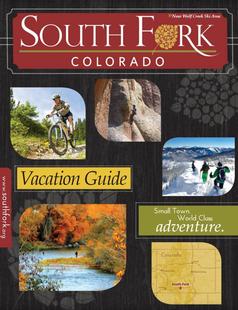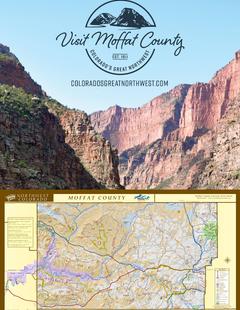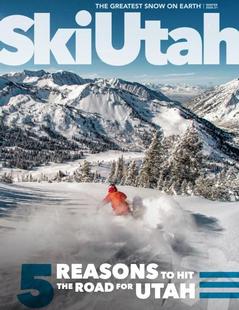Basics
- Length:
- 68.7 miles (110 km)
- Time:
- 2 hours to drive or 3 hours to experience the entire Byway
Description
The Beartooth Highway is one of the most spectacular National Forest routes on this continent. Travel it yourself and see why Charles Kurault called it "America's most beautiful highway."
Start your journey at the border of Custer National Forest in Montana. You'll have the ultimate high-country experience as you drive through the Custer, Shoshone, and Gallatin National Forests to the Byway's end near the northeast entrance to Yellowstone National Park. You'll see rugged mountains, icy glaciers, and alpine meadows full of wildflowers. Perhaps you'll even spot a moose or grizzly bear.
Since its completion in 1936, the Highway has provided millions of visitors a rare opportunity to see the transition from a lush forest ecosystem to alpine tundra in the space of just a few miles. The Beartooth area is one of the highest and most rugged areas in the lower 48 states, with 20 peaks reaching over 12,000 feet in elevation. Glaciers grace the north flank of nearly every towering mountain peak.
The first recorded travel across the Beartooth Pass area occurred in 1882, when General Sheridan pioneered and marked a route across the mountains from Cooke City to Billings.
Looking for something to do? Look no further. Recreational opportunities are abundant here. In warmer months, hike across broad plateaus, and view and photograph wildlife like Rocky Mountain goats, moose, black bears, grizzly bears, marmots, and mule deer. Take a guided horseback trip, fish for trout in the streams and lakes adjacent to the Byway, and camp in the 12 National Forest campgrounds in the area.
Wintertime brings lots of snow and all the activities that come with it. Though the route is officially closed, cross-country skiing and snowmobiling is available from many trailheads. Red Lodge, Montana invites downhill skiers and snowboarders to spend the days on the slopes and the evenings in front of a fire while snow lightly falls outside.
For an experience in western heritage and stunning natural wonders, no drive delivers like the Beartooth Highway.
Tourism Resources
Helpful Links
Tourism Resources
Points of Interest
Points of Interest Along The Way
Absaroka-Beartooth Wilderness (MT)
The Absaroka-Beartooth Wilderness derives its name from the Absaroka and Beartooth Mountain Ranges. The Absarokas are named after the Crow Indians (Absaroka being the Indian name for Crow) who inhabited much of south-central Montana prior to the white man's entrance into the area. The Beartooth Mountains were named after the likeness between a jagged mountain peak in the range and a bear's tooth.
The Beartooth Primitive Area (225,855 acres) and the Absaroka Primitive Area (64,000 acres), plus a considerable amount of roadless lands surrounding these two areas, now form the Wilderness. The primitive areas were originally set aside during 1932 to protect their natural state.
Directions
The Beartooth Highway passes near the Absaroka-Beartooth Wilderness Area near Cooke City.
Beartooth Lake and Campground (MT)
This popular campground is situated on the edge of Beartooth Lake. Several hiking trails radiate from the campground. Spectacular fishing and boating are readily available.
Directions
TBD
Beartooth Loop National Historic Trail (MT)
For those wishing to spend more time wandering through the Beartooth Wilderness on foot, there are many short day hikes and extended backpacking trips that wind through Island Lake and Beartooth Lake. In addition, the Beartooth Loop National Recreation Trail offers walkers a 15-20 mile circuit of Camp Sawtooth, an exclusive retreat built during the 1920s.
Directions
The trailheads can be accessed 38 miles west of Red Lodge, MT on US 212.
Clarks Fork Overlook (MT)
From this point, the visitor can see the Clarks Fork of the Yellowstone Canyon, Wyoming's only designated Wild & Scenic River. You can also see the aftermath of the 1988 Clover Mist Fire which was nearly 400,000 acres and originated in Yellowstone National Park.
Directions
Located about 15 minutes from the start of the byway.
Clarks Fork Trailhead (MT)
This is a major trailhead facility for entrance into the Absaroka-Beartooth Wilderness. The site has a large parking lot, restrooms and modest picnicking amenitities.
Directions
Located at the beginning of the byway.
Clay Butte Fire Lookout Tower (MT)
An old fire lookout, this site now affords panoramic vistas of dozens of mountains over 11,000 feet and the overall Beartooth Plateau. Inside the lookout, there are interpretation displays of the 1988 wildfires.
Directions
TBD
Custer National Forest (MT)
Spectacular wildlife abounds in Custer National Forest, including bighorn sheep, moose, and bobcat.
Gallatin National Forest (MT)
In 1889 when the Gallatin National Forest was established, thisland was used only by hardy settlers and a few travelers. Today,the Gallatin National Forest is the most visited national forest inthe Northern Rockies, summer and winter. In addition to being agreat place to play, the forest provides goods and service to localcommunities and the region.
Directions
The byway runs through the Gardiner Ranger District section of the National Forest near Cooke City, Montana.
Rock Creek Canyon Campgrounds (MT)
This is a complex of 4 National Forest Campgrounds, including Parkside, Limber Pine, Greenough Lake and M-K. All are fee sites except M-K.
Directions
Located at the end of the Byway, one mile off of the route.
Rock Creek Vista Point Rest Area (MT)
A fully developed Rest Area that has interpretive panels portraying the history of the road and mining in the Rock Creek Valley and about alpine wildlife and ecosystems. There is a short hiking trail out on a ridge with an outstanding view.
Directions
Located about 45 miles from the beginning of the byway.















